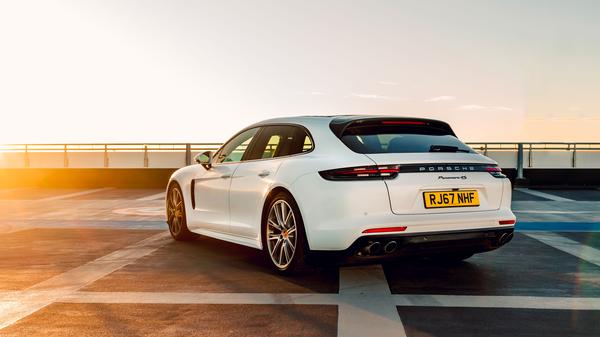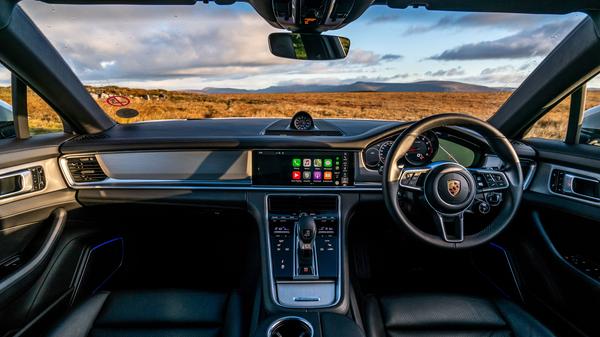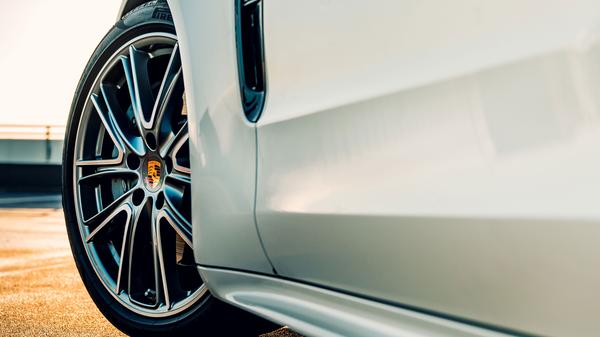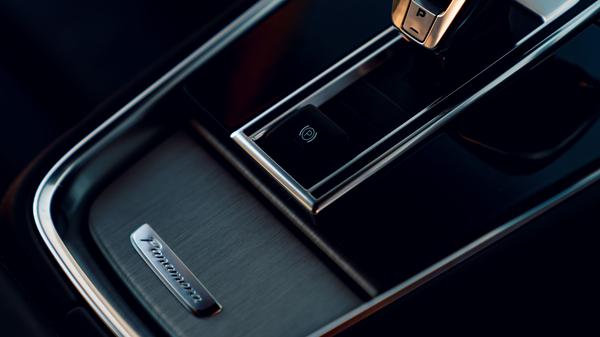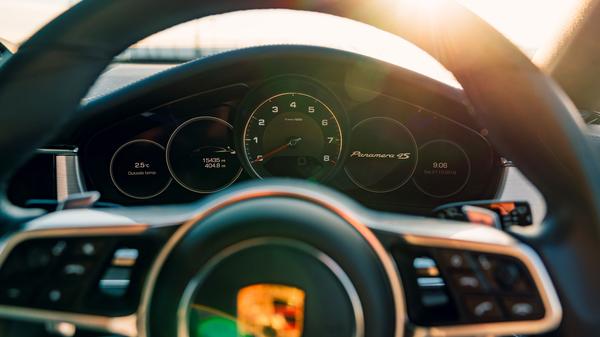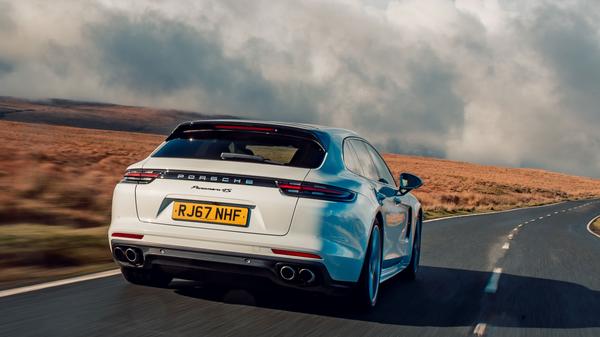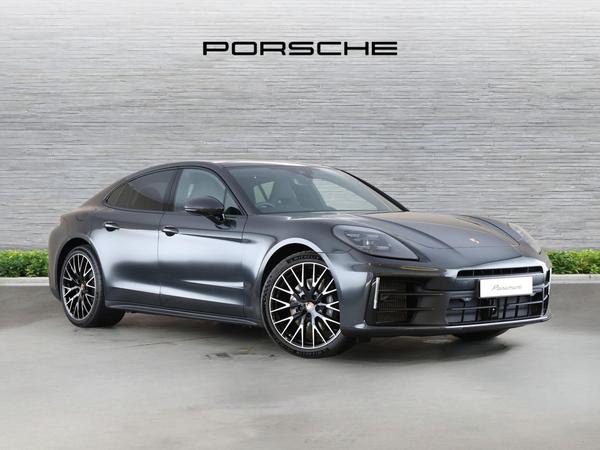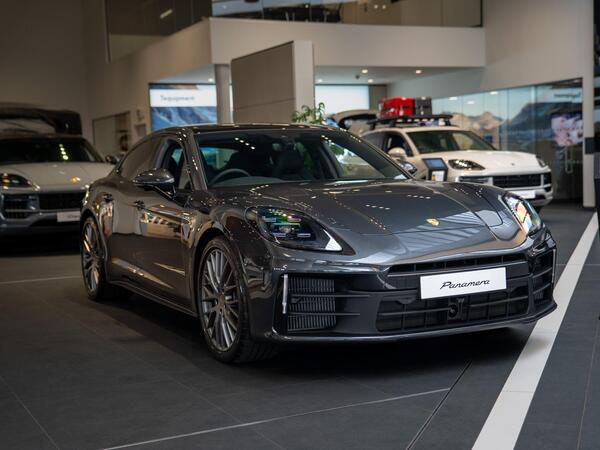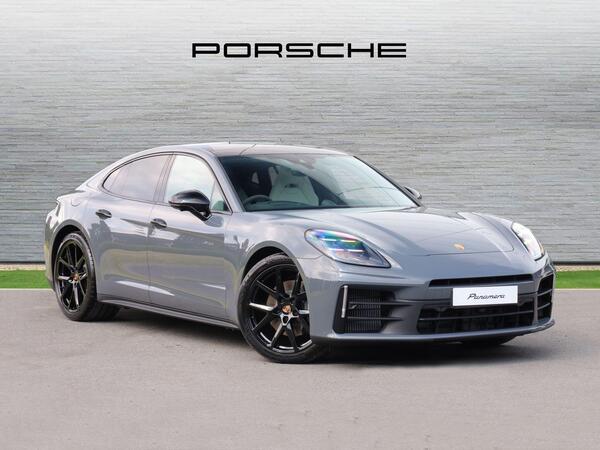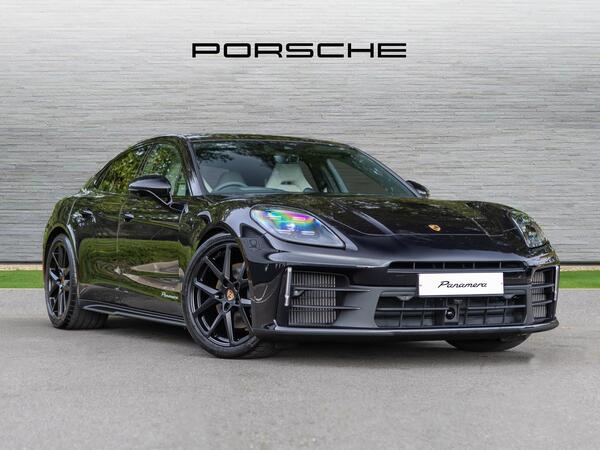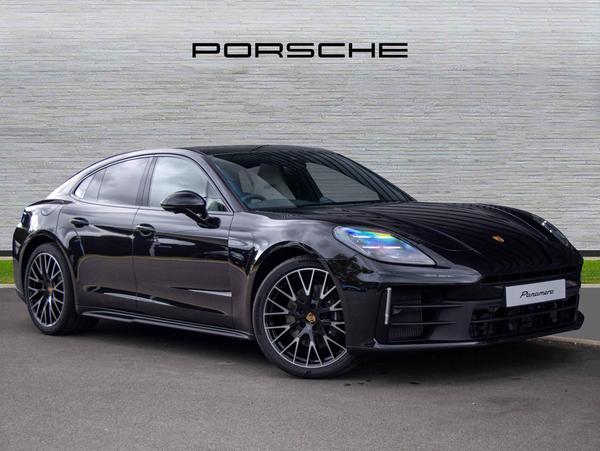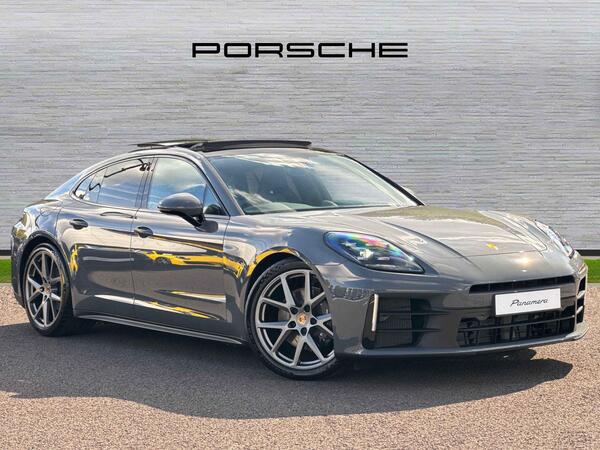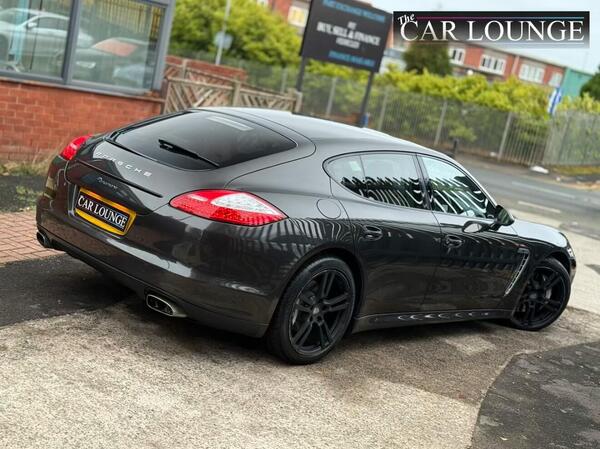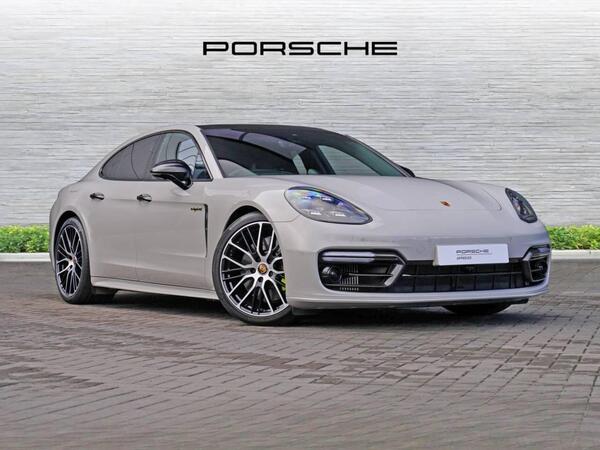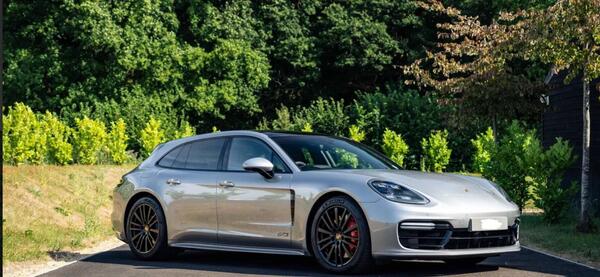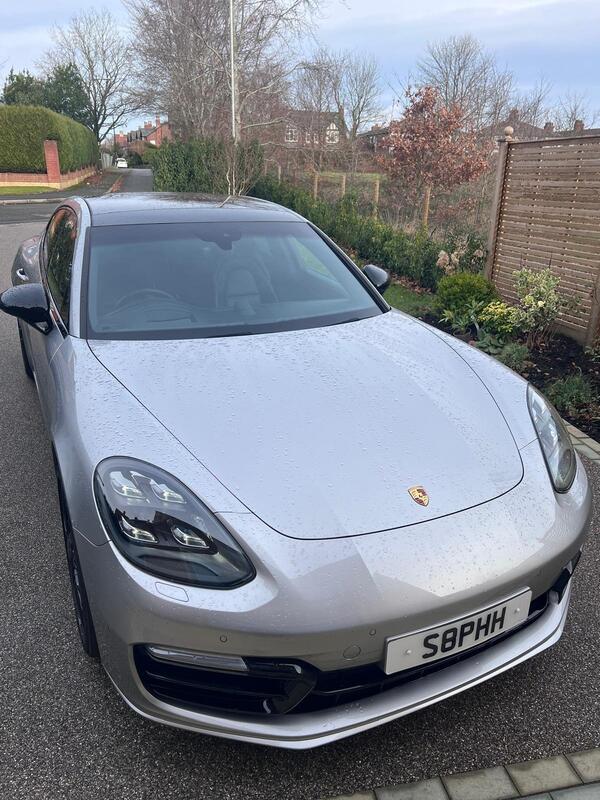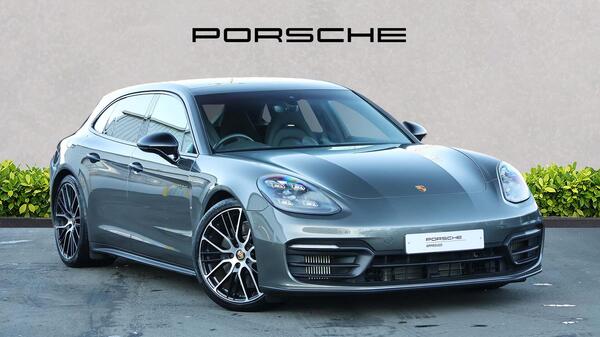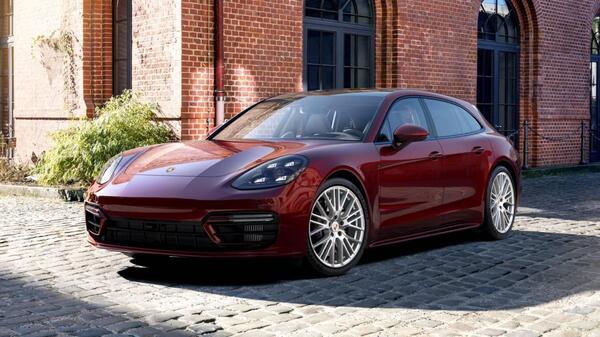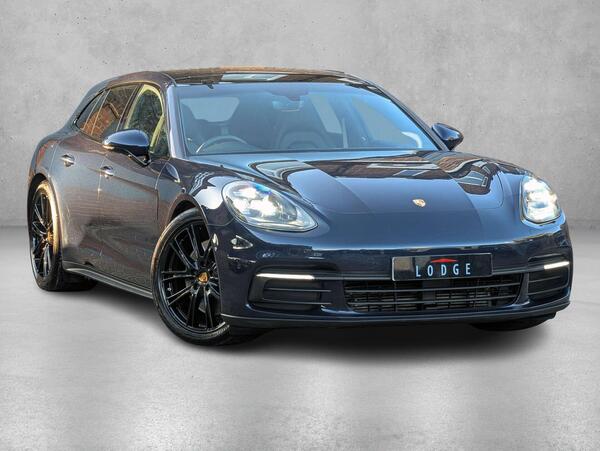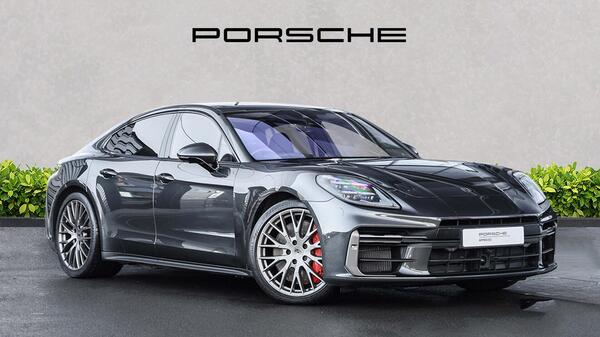Not only are the Sport Turismo cabin’s materials and build quality simply impeccable, the array of stylish displays and wonderfully weighted buttons and switches combine to deliver a real sense of high-end quality. A stylish touch-sensitive panel replaces the more traditional buttons in the centre console. It looks cool but it’s prone to fingerprint smudges and isn’t as easy or as intuitive to use as
BMW’s iDrive rotary controller system.
The driving position itself is one of the best you’ll find in this type of vehicle and the seats have a huge range of adjustment and sink low to the floor to accommodate taller drivers.
Part of the Turismo’s appeal is that it offers three rear seats, rather than the two in the standard Panamera. That said, there is the option to order the Turismo as a two-plus-two, with an armrest between the two rear seats, if you prefer. The three-seat layout provides little benefit, as the centre rear seat is very slim and set higher that the two outer seats, therefore restricting the headroom. On top of this, the huge transmission tunnel that runs down the centre of the car means anyone occupying the middle seat will feel about uncomfortable. Stick with two in the rear, and there’s enough head and legroom for all. What’s more, because of those larger doors, getting in and out of the back is easier than it is in the standard Panamera.
At 520 litres, the luggage space on most models is pretty decent, although the load bay is quite shallow. Thankfully, the rear seats split and fold if you want to carry longer items. The hybrid model’s boot is narrower again, as some space is taken up to house its electric gubbins.
Every Turismo has all-wheel drive and all but the base model ride on adaptive air suspension. On the petrol-engined models, it’s an incredibly well judged set-up, providing prodigious grip, immense high-speed stability and an ability to soak up most lumps and bumps with effortless ease.
Should you want to let your Turismo off the leash on a twisty road, its adaptive dampers and a clever anti-roll system stiffen up in microseconds to help keep things flat and stable when cornering. The fact that a car of this size and weight can change direction so sharply is a truly impressive achievement, while the sweetly weighted and flowing character of the steering further enhances the high levels of overall engagement.
However, things are very different in the 4 E-hybrid. It's heavier than the more conventional models and that has an enormous impact on how the car changes direction and how well it handles. In comparison to the non-hybrid models, it feels extremely nose heavy, meaning you have to work harder to get the car turning, and the steering feels detached and inconsistent. We didn’t notice such a problem in the range-topping and more powerful Turbo S E-Hybrid however, where things feel more sorted.
The Turismo was designed to cross continents with effortless ease, so it’s hardly surprising that is a very quiet cruiser. Wind noise is particularly well isolated and all the powertrains are quiet unless you really start hammering them. Inevitably, on a car fitted with such wide tyres, some road noise is evident at speed, but it’s far from intrusive.


